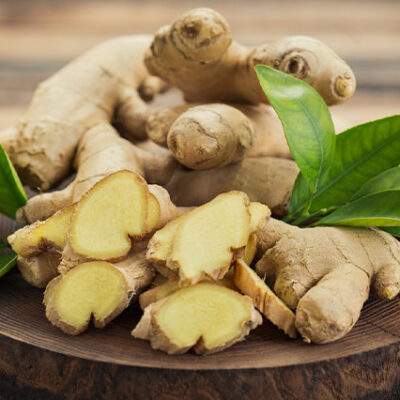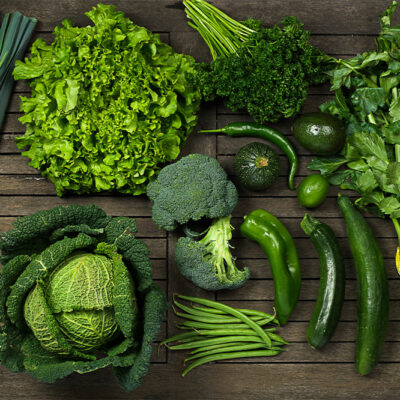
health
14 silent signs of leukemia to note
Leukemia is a type of cancer that affects one’s blood cells, bone marrow and lymphatic system. The condition is commonly affects children below the age of 15 and older adults above the age of 55. While leukemia is a complex condition and there’s no cure for the same, timely intervention and certain strategies can help ease the symptoms and help in its effective management. Here are some silent signs and symptoms and available treatments for leukemia. Silent signs of leukemia Here are some of the silent signs of leukemia that should prompt one to seek professional help immediately: Petechiae Petechiae are small reddish spots that appear on the skin and are often a silent sign of leukemia. These spots are the result of bleeding under the skin’s surface. In leukemia, the bone marrow produces abnormal white blood cells, which can interfere with normal blood clotting. This can lead to the development of petechiae, as the tiny blood vessels under the skin become more fragile and can break more easily. These spots can appear on various parts of the body, such as the arms and legs, and may be painless. Fatigue and weakness Individuals with leukemia may experience persistent fatigue and weakness, even after a full night’s sleep of about 7 to 8 hours.




















